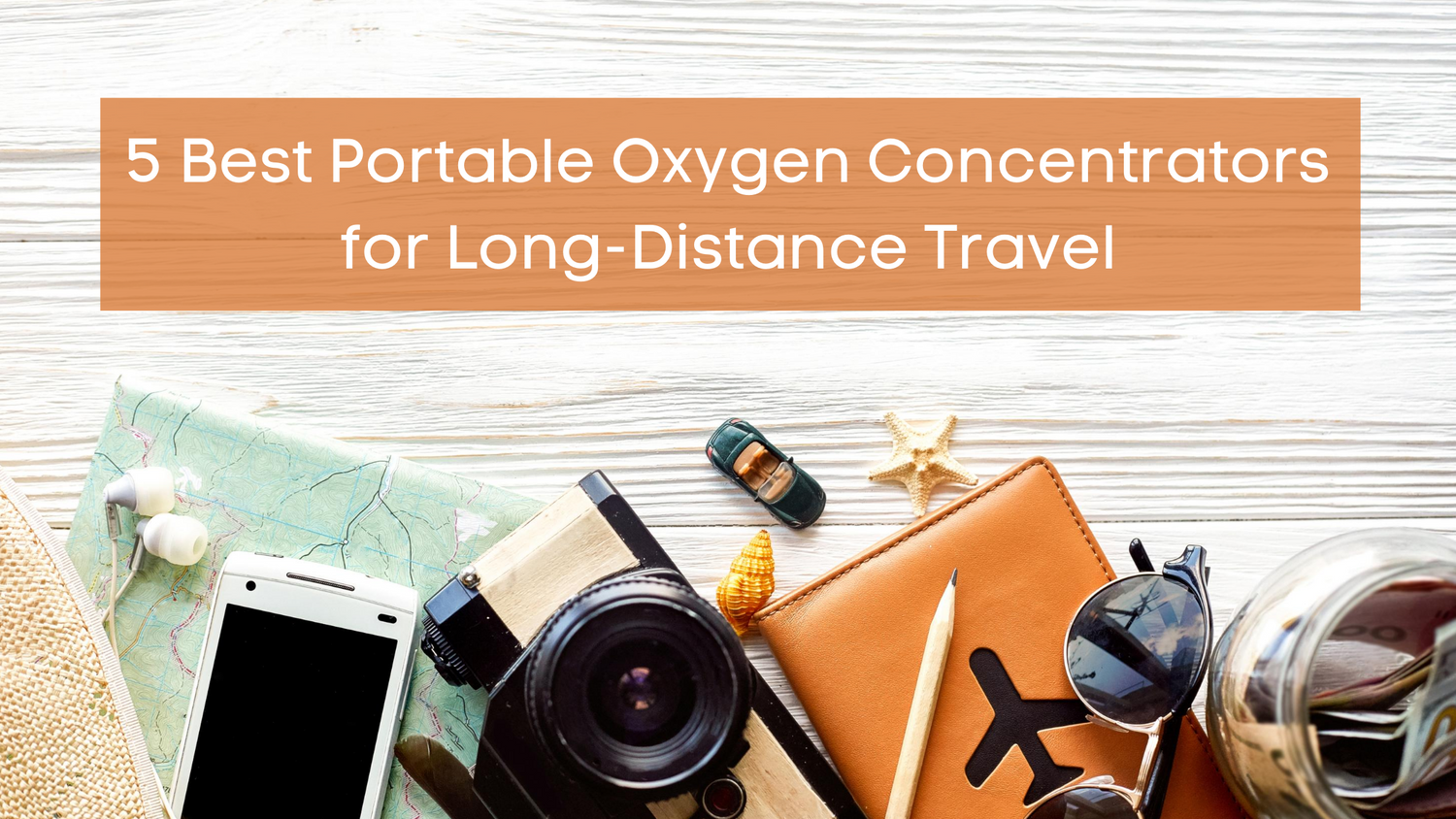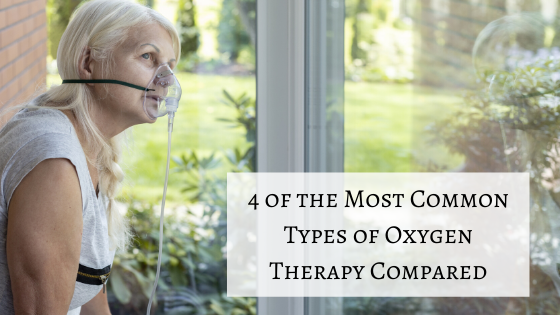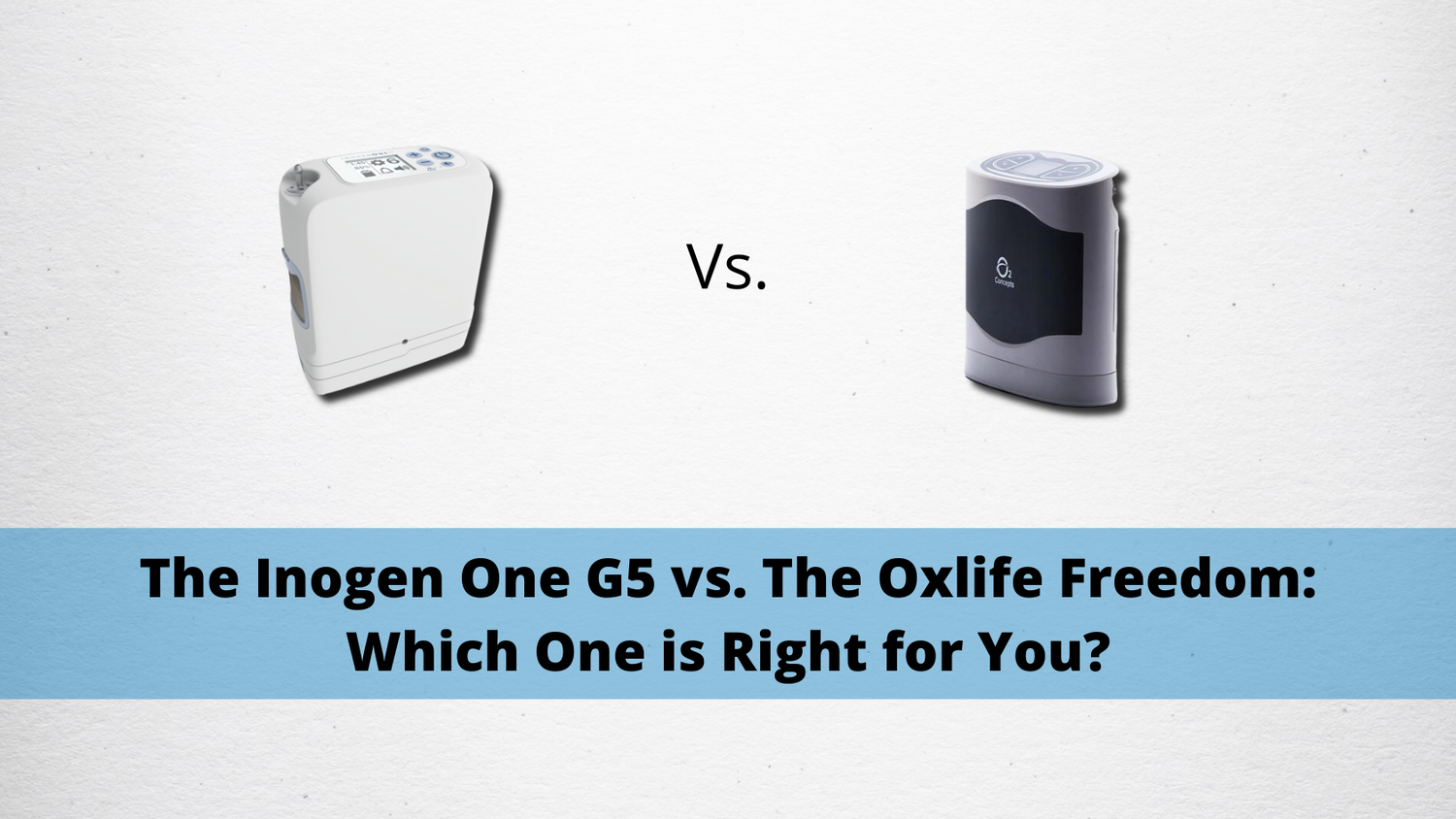Respiratory Resource Center - LPT Medical
5 Best Portable Oxygen Concentrators for Long-Distance Travel
Most chronic respiratory conditions are considered “debilitating.” What this...
Read More4 of the Most Common Types of Oxygen Therapy Compared
Oxygen is essential for maintaining human life. Each time...
Read MoreThe Inogen One G5 vs. The Oxlife Freedom: Which One is Right for You?
It’s a new year and a new decade which...
Read More


